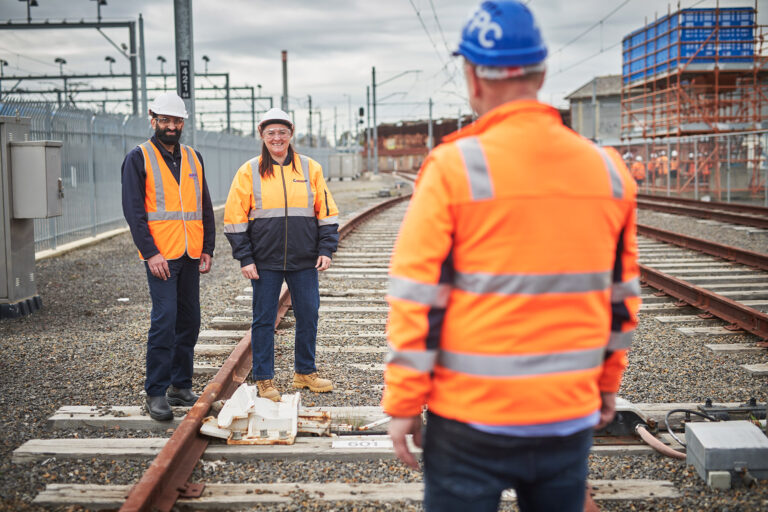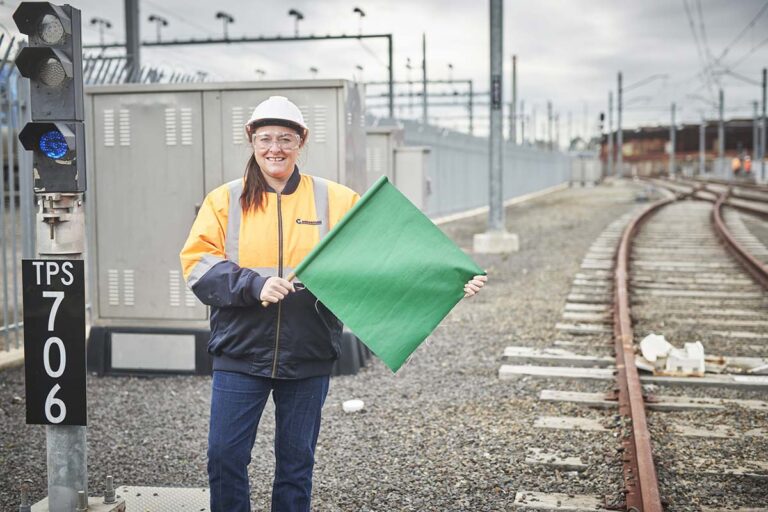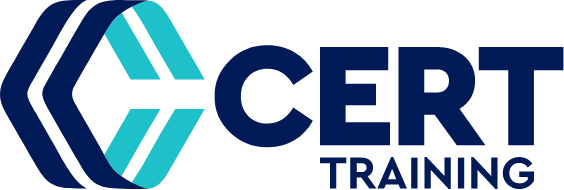What is a RIW card?
If you’re working in Australia’s rail industry, you’ve likely heard the term—but what is a RIW card?
Working on or around Australia’s rail network requires more than just experience—it requires proof of up-to-date training, medical fitness, and specific competencies tailored to the job and location. To streamline this process and improve safety standards across the industry, the rail industry worker card, or more commonly known as the RIW card, was introduced as part of a national system to ensure all rail workers meet consistent compliance requirements.
What is the RIW Program?
The Rail Industry Worker (RIW) program is Australia’s national competency management system for rail industry workers. Introduced in 2012 by the Australasian Railway Association (ARA) in partnership with Metro Trains Australia (MTA), the program ensures that anyone who needs access to the rail corridor is properly trained, accredited, and medically fit. It supports compliance with the Rail Safety National Law and addresses the unique safety and competency requirements of the rail sector.
The RIW Program aims to establish a single national competency management system enabling participant organisations to track a worker’s job roles, competencies, and previous projects and employers. By maintaining a single electronic record of each worker’s health, education, and competencies; the RIW program assists in meeting regulatory requirements and compliance with Rail Safety National Law.
The system helps ensure only qualified workers are hired for rail jobs.
What is RIW card?
The RIW Card is a physical card used as proof of a worker’s qualifications and site access eligibility. It’s scanned when entering a rail worksite, where a real-time compliance check ensures the worker has the necessary competencies for that location. If their RIW profile is not current or doesn’t meet the site’s requirements, they may be denied entry.
A RIW card is linked to a worker’s online RIW profile. This account needs to be updated for rail industry workers after every training they complete. It helps maintain a record of their skill set at an industry level, allowing them to be considered for jobs that require the said competency.
The card eliminates the need for paper records, enabling faster and more reliable verification on site. Rail contractors, principal contractors, and network operators can quickly view a worker’s full profile, including qualifications, certificates, and medical results, through the RIW system.
Workers can also log into their RIW profile via myRIW to view their current and expiring competencies, rail health assessments, site access history, and manage which companies are authorised to view or update their information.
How does the RIW system work?
Once you have completed any required safety or role-specific training and relevant rail medical assessment, your employer or contractor will create and help manage your profile with your job roles, competencies, and required documents in the RIW system.
You will receive your valid RIW card after your employer or contractor has successfully registered you in the system.
It typically takes 7–10 business days to arrive in the mail, though you’ll also have access to a virtual card through the RIW app almost immediately.
This profile must be kept up to date. Whenever a worker completes training—such as a safety course or a handsignaller certification—it must be added to their profile before they can take on that role. The card itself is valid for five years, but workers are expected to regularly update their credentials to remain compliant.
Why do you need the RIW card?
Rail is considered a high-risk industry, and safety is heavily regulated. The RIW system plays a critical role in ensuring only competent and medically fit workers are granted access to worksites. By centralising and standardising worker data, it helps minimise risk, ensures legal compliance, and streamlines workforce management across multiple rail network operators and jurisdictions.
You can swipe your RIW card onto a worksite where a real-time compliance check is run to allow workers to enter the rail corridor. You can only access the rail corridor if the competency data on your RIW card is in-line with the specific site requirements set forth by your Principal Contractor or Rail Network Operator.
It also allows network operators to quickly look into rail workers’ profiles at a moment’s notice and discover information like training records and certificates. It eliminates the need for keeping all such records on-site to avoid them being lost or damaged. They can also be sure they have the most recent data and are hiring the right candidate for the job.
Ultimately, the RIW Card gives confidence to employers and project managers that their workforce meets national and industry standards—helping to maintain a safe and compliant rail network across Australia.
Read more: How to get a RIW Card?
Start your RIW card course with CERT
CERT is one of Australia’s leading rail training organisations currently offering the TLIF0020 – Safely Access the Rail Corridor (SARC) course for safety around the rail corridor.
SARC is an entry-level Rail Induction course for rail workers in Victoria, and students will often get their RIW card (account) set up as a result of doing this course so they can have their qualifications updated in their online RIW account.
This rail corridor course is also a mandatory requirement to get the RIW card for many rail network providers in Australia, including Transport for NSW (TfNSW) and Australian Rail Track Corporation (ARTC) network. It gives you the basic knowledge and skills required for safely entering, navigating and working in the rail corridor.
If you’re a rail worker seeking new opportunities and a long and safe career in the Australian Railways, it’s a must for you to have your RIW card.
Register yourself in CERT’s RIW Card Course: TLIF0020 – Safely Access The Rail Corridor (known as SX52 / RISI in NSW) now and earn the right to serve in the rail industry.
To stay updated about the industry practices, key safety information and best practices, follow us on our social media: Facebook and LinkedIn.

RIW Card Course: Safely Access the Rail Corridor
Working close to trains is exhilarating. However, there are ongoing health and safety protocols you will need to follow to keep yourself and others safe. Hence, courses like the mandatory Safely Access the Rail Corridor (RIW card course) are important.

Improve your Safety Critical Communications
The Safety Critical Communications in the Rail Environment course is designed to develop and further increase participant’s communication and negotiation skills across the rail industry…

What is the ARTC and How can you get a NSW rail job?
For those interested in a challenging and rewarding career in freight rail, there’s plenty of opportunities around Australia. One of the largest freight operators…
